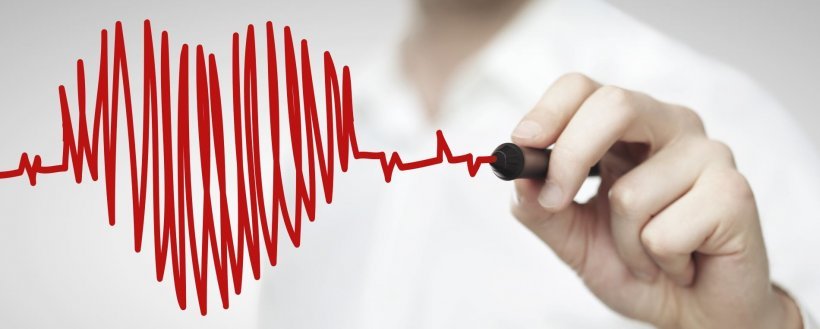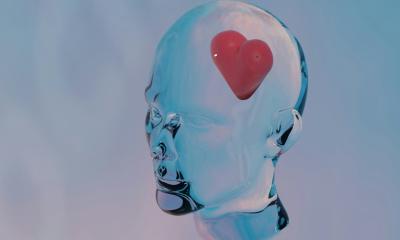
Source: Shutterstock/Peshkova
Article • Vasovagal faint
Study findings set to offer new benefit for fainting patients
Researchers hope combining a dual-chamber pacemaker with a Closed Loop Stimulation algorithm could lead to a change of emphasis in clinical practice and help reduce unexplained fainting in more patients with recurrent episodes due to skipped heartbeats.
Report: Mark Nicholls
The multi-center, double-blind, randomized and placebo-controlled trial was conducted across 24 sites in Italy, France, Spain, Portugal, Netherlands and Canada between 2015 and 2020, with a medium follow-up of 11.2 months and a sample size of 127 patients. A vasovagal reflex is a frequent cause of unexplained loss of consciousness and in extreme cases results in an asystolic pause which leads to severe syncope events.
CLS is an established rate responsive software, allowing the heart rate to increase proportionately to the amount of exercise that the patient does. Biotronik’s CLS algorithm identifies changes in a patient’s cardiac contractility and translates this data to deliver proper heart rate adaptation.
Professor Michele Brignole of the Istituto Auxologico Italiano, Ospedale San Luca, Milan, Italy, and principal investigator of the BIOSync study, stressed that the trial findings were with the CLS in tandem with the dual-chamber pacemaker, and that the relative individual contribution of CLS and pacemaker alone to the overall beneficial effect remains unclear.
“The study was not designed to show the efficacy of CLS, separated from the overall efficacy of the dual chamber pacemaker,” he said. “But the result shows a beneficial effect of the dual-chamber pacemaker plus CLS. What is likely of course, is that the benefit is in part due to dual chamber and in part due to CLS but we do not know the relative contribution of each.”
When comparing the CLS-paced group versus the control group, the BIOSync study found that after two years the syncope recurrence rate was reduced by 77% and the combined rate of syncope and/or pre-syncope was reduced by 56%. Professor Brignole explained: “In more recent years, CLS has shown to be able to detect not only the physiological rate increase during stress test but also other physiological heart rate increase, like those which occur in the preliminary preparatory phase of vasovagal faint. “During vasovagal faint, heart rate increases until syncope occurs. The CLS is able to detect this initial heart rate increase and to set the pacemaker rate similar to the physiological heart rate increase.”

The study focussed on patients aged 40 and over and, while it may be possible that a pacemaker would also be beneficial in younger patients, the study design was unable to confirm this hypothesis, he added. Another important point Professor Brignole stressed was that not all syncope patients require treatment and of those severe enough to need therapy, not all are eligible for a pacemaker and that careful selection of the patient is mandatory.
Additionally, until this study, the use of tilt-table testing to select patients with severe recurrent reflex syncope for cardiac pacing was controversial. The positive results demonstrated through this trial indicate that asystolic response to these tests is a valuable criterion for cardiac pacing. “Dual-chamber pacemaker with CLS has the potential to provide significant relief for patients suffering from severe unexplained syncope,” said Professor Brignole. “Patients who have tried alternative therapies with no success, can now efficiently be treated through pacing, giving them more options to treat their distressing condition.”
Professor Brignole said the implications from the study – which he believes will be the last significant trial of this nature in this field – could, and should, help change clinical practice and lead to more physicians using the algorithm and dual chamber pacemaker with increased confidence. He said: “It is likely that this very well-designed sufficient sample size randomised double blinded trial will be able to change the clinical practice. There are physicians that still do not have trust in pacing capability to prevent vasovagal syncope, while on other hand there are other physicians that do have trust in it. I think as a result of this trial, we will be able to make many physicians change their opinion of the benefits in favour of the pacemaker. More patients will receive a dual-chamber pacemaker because their physician will be convinced that it can help. More physicians will decide to implant a dual-chamber pacemaker, and they will prefer a CLS pacemaker.”
PROFILE:
Dr Michele Brignole is the director of the Faint and Fall programme at IRCCS Istituto Auxologico Italiano, Ospedale San Luca, Milan, Italy, and chairman of the Task Force on Syncope of the European Society of Cardiology. His main field of interest is clinical and interventional arrhythmology and his research interests focus on diagnosis, pathophysiology and therapy of syncope and rhythm disturbances and radiofrequency catheter ablation of arrhythmias.
01.09.2020











